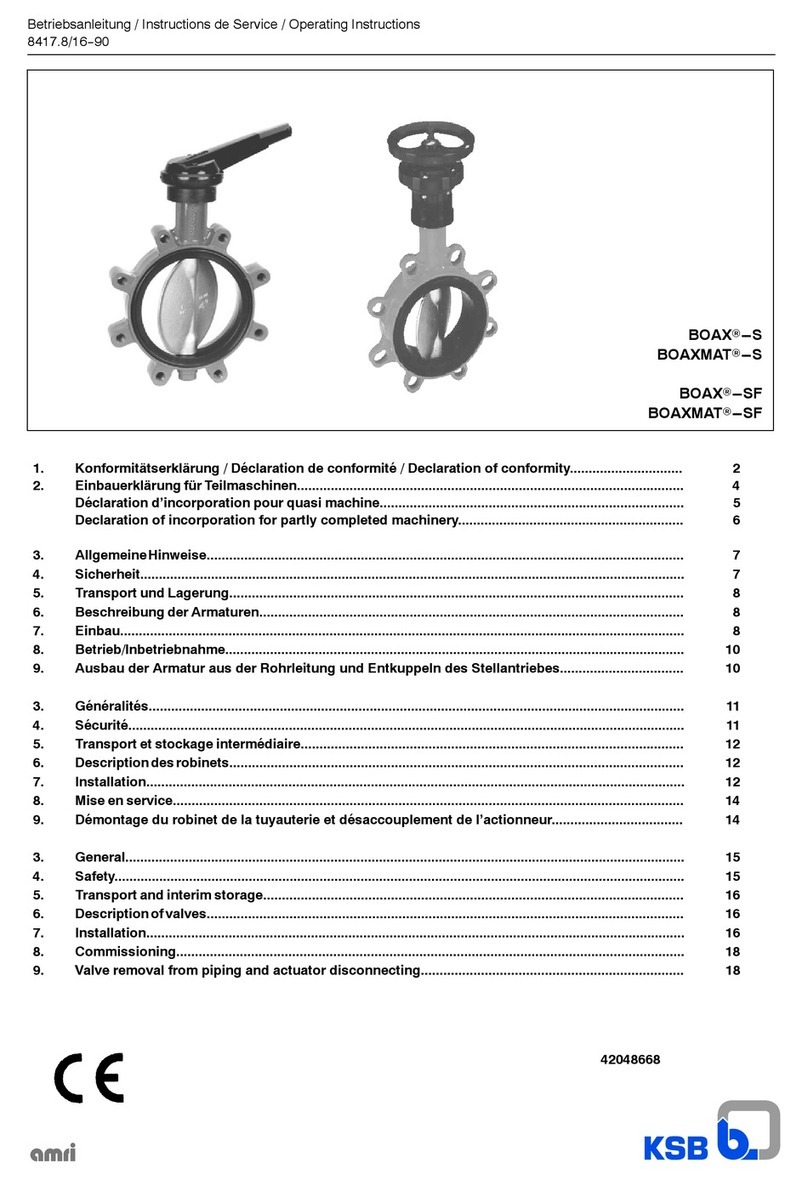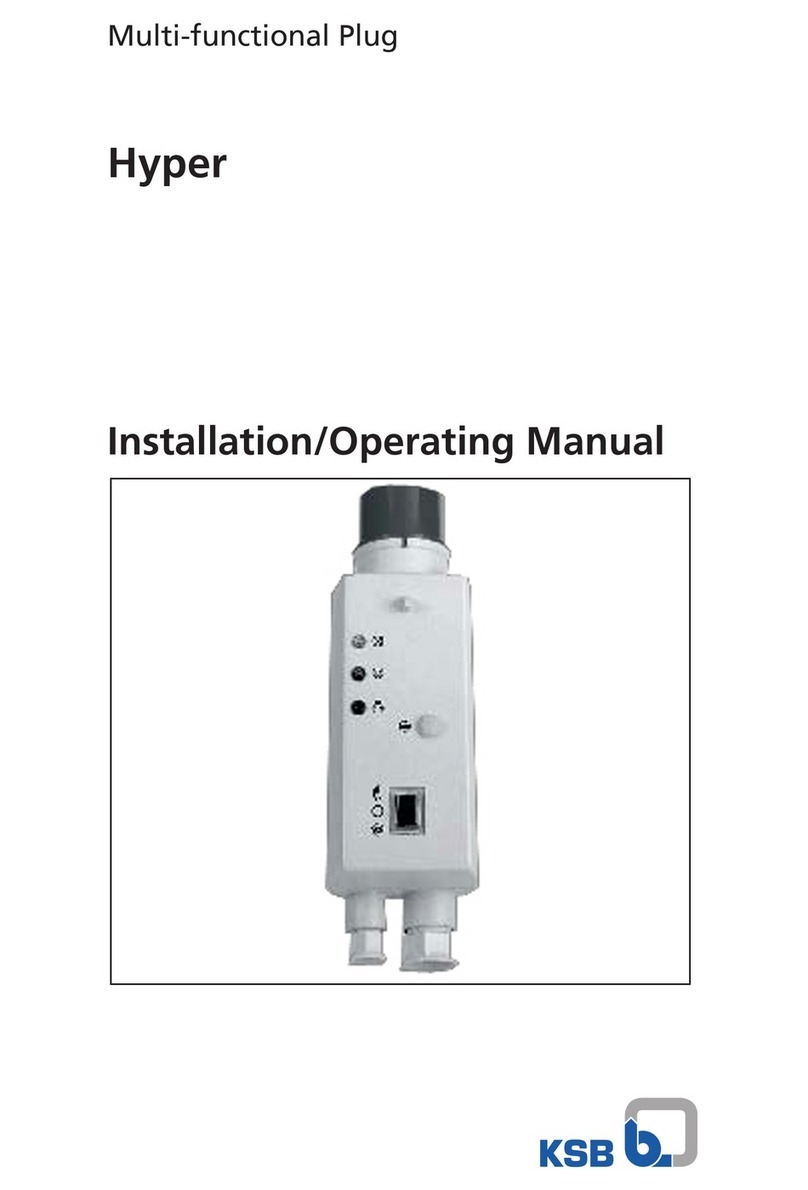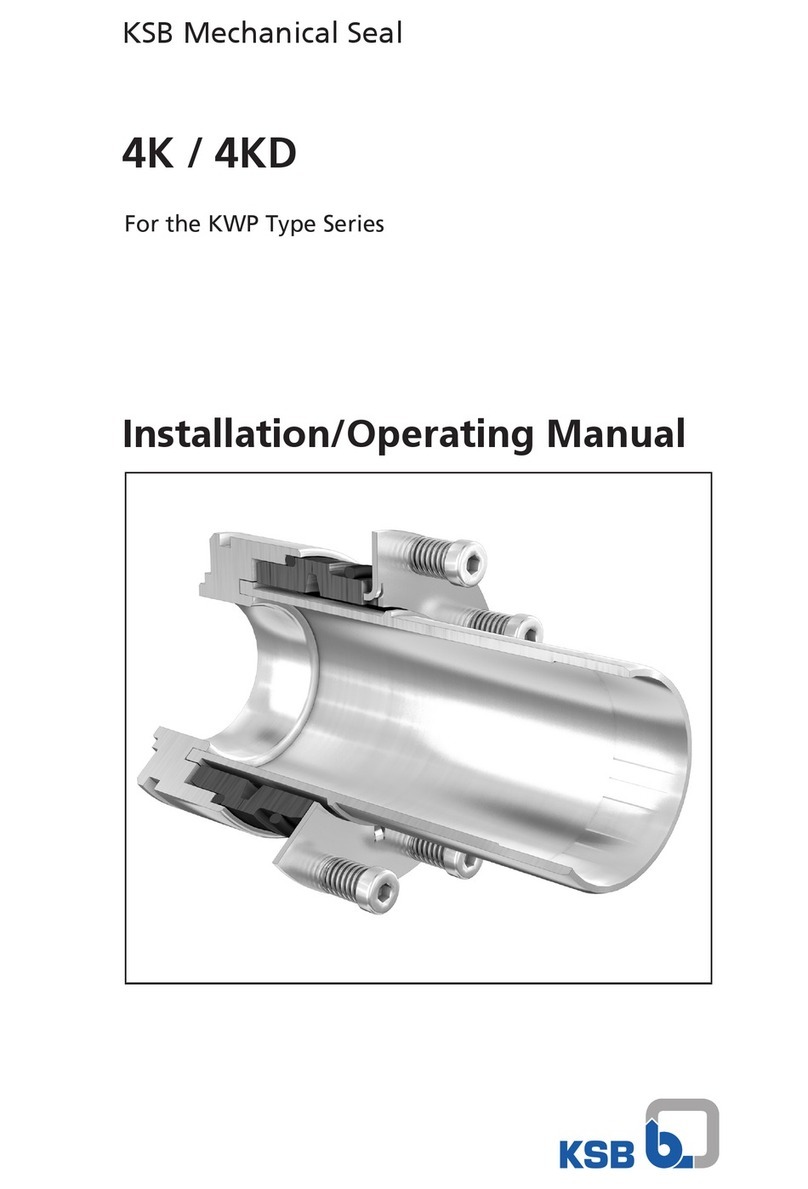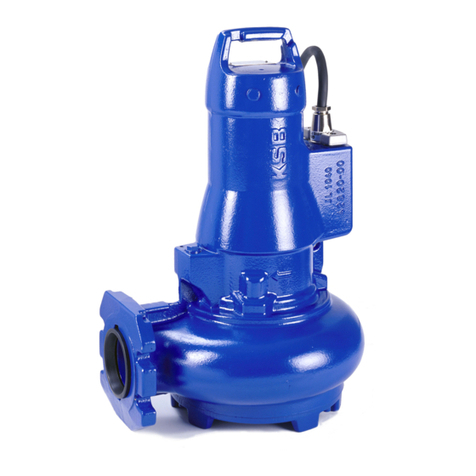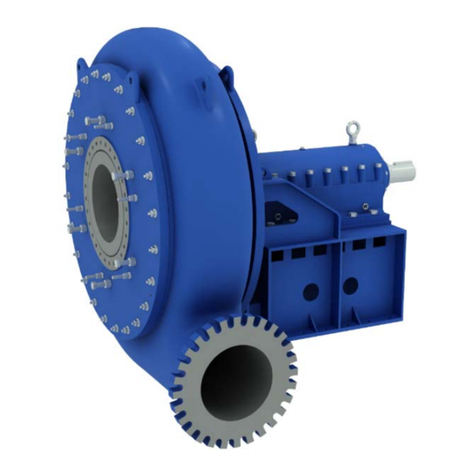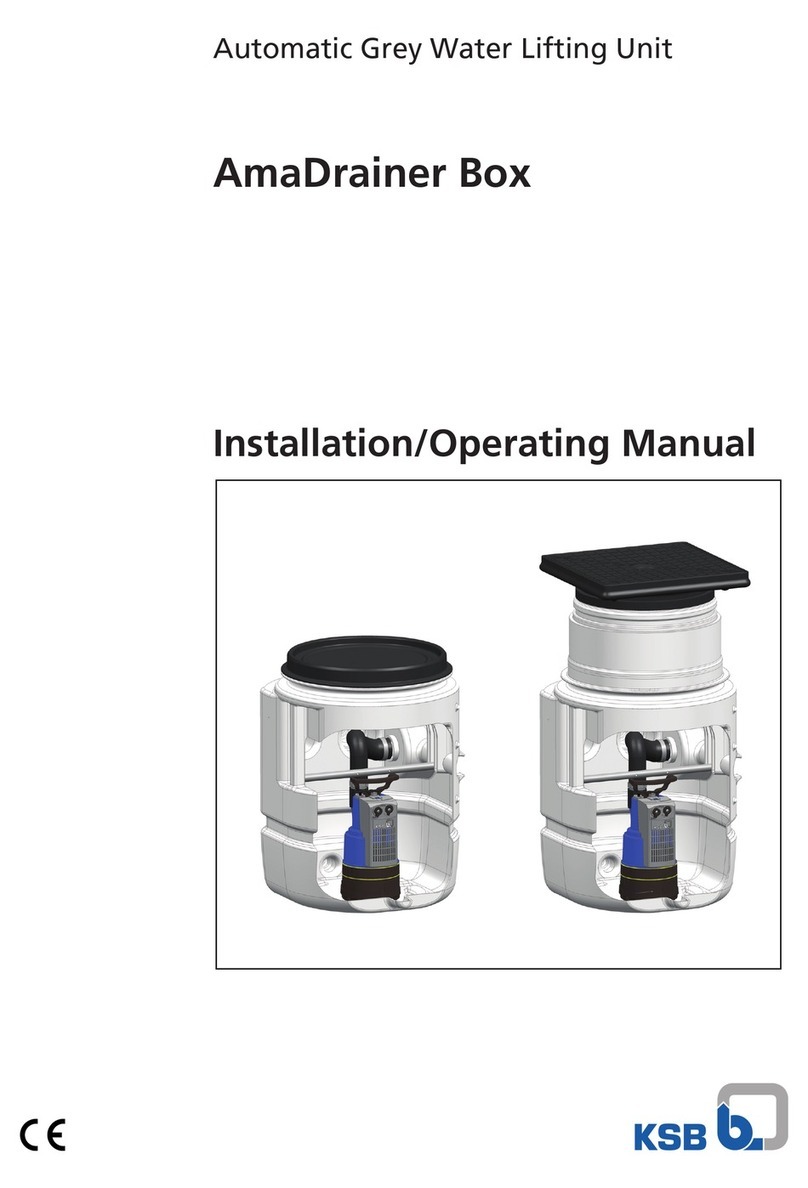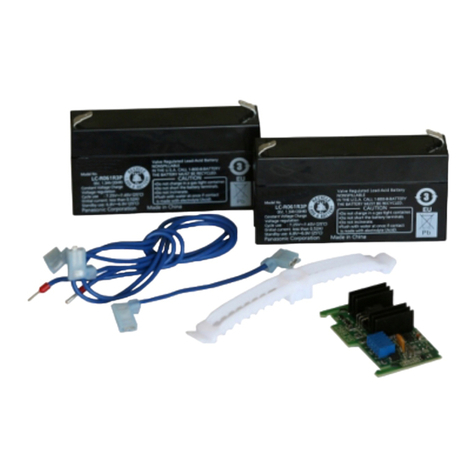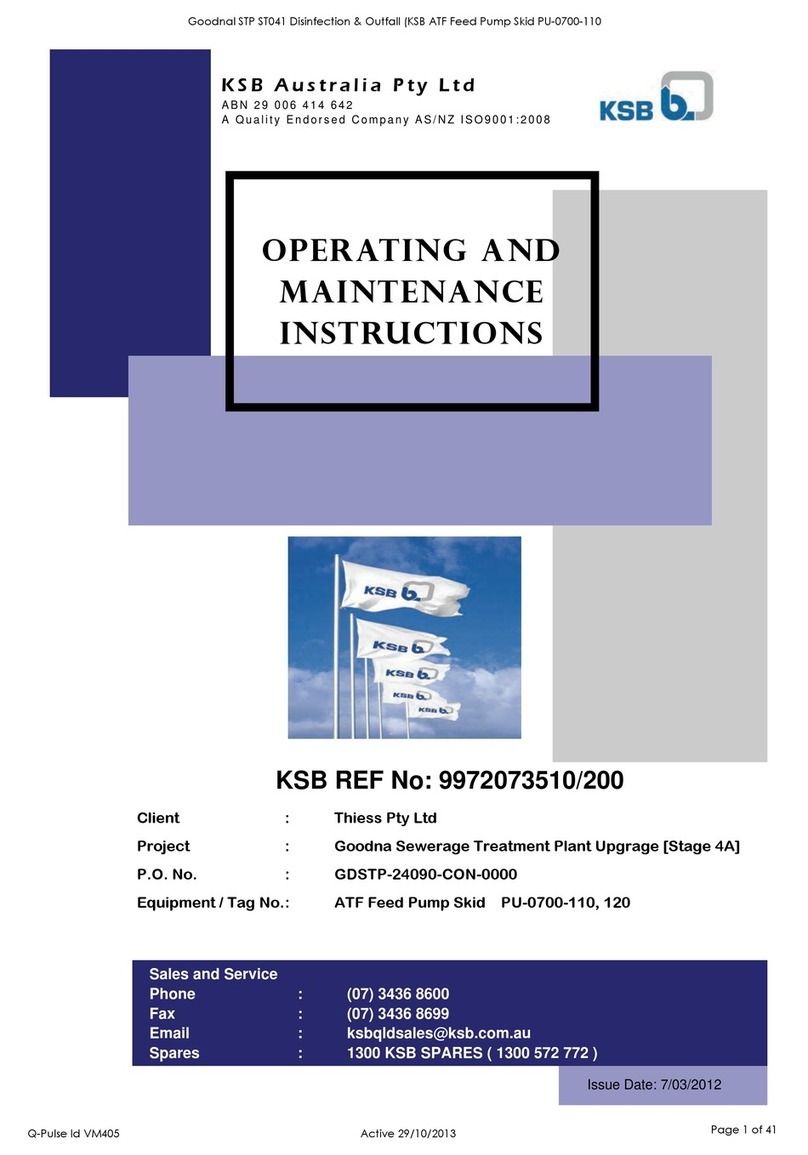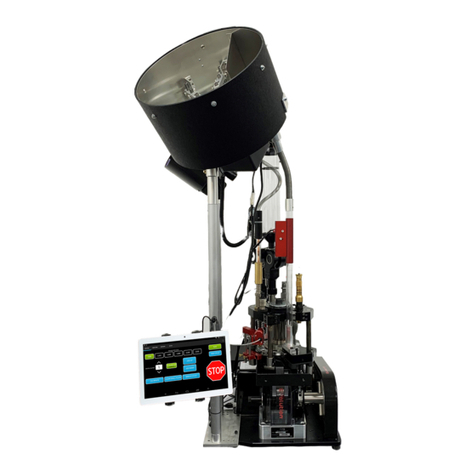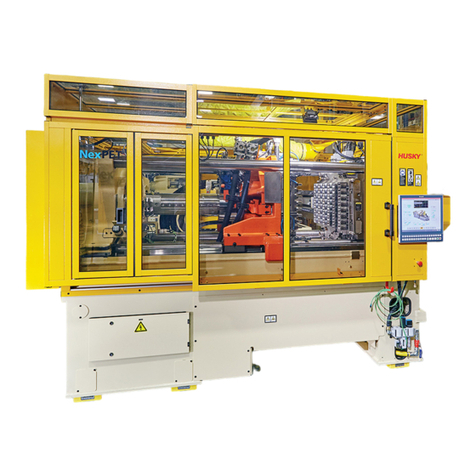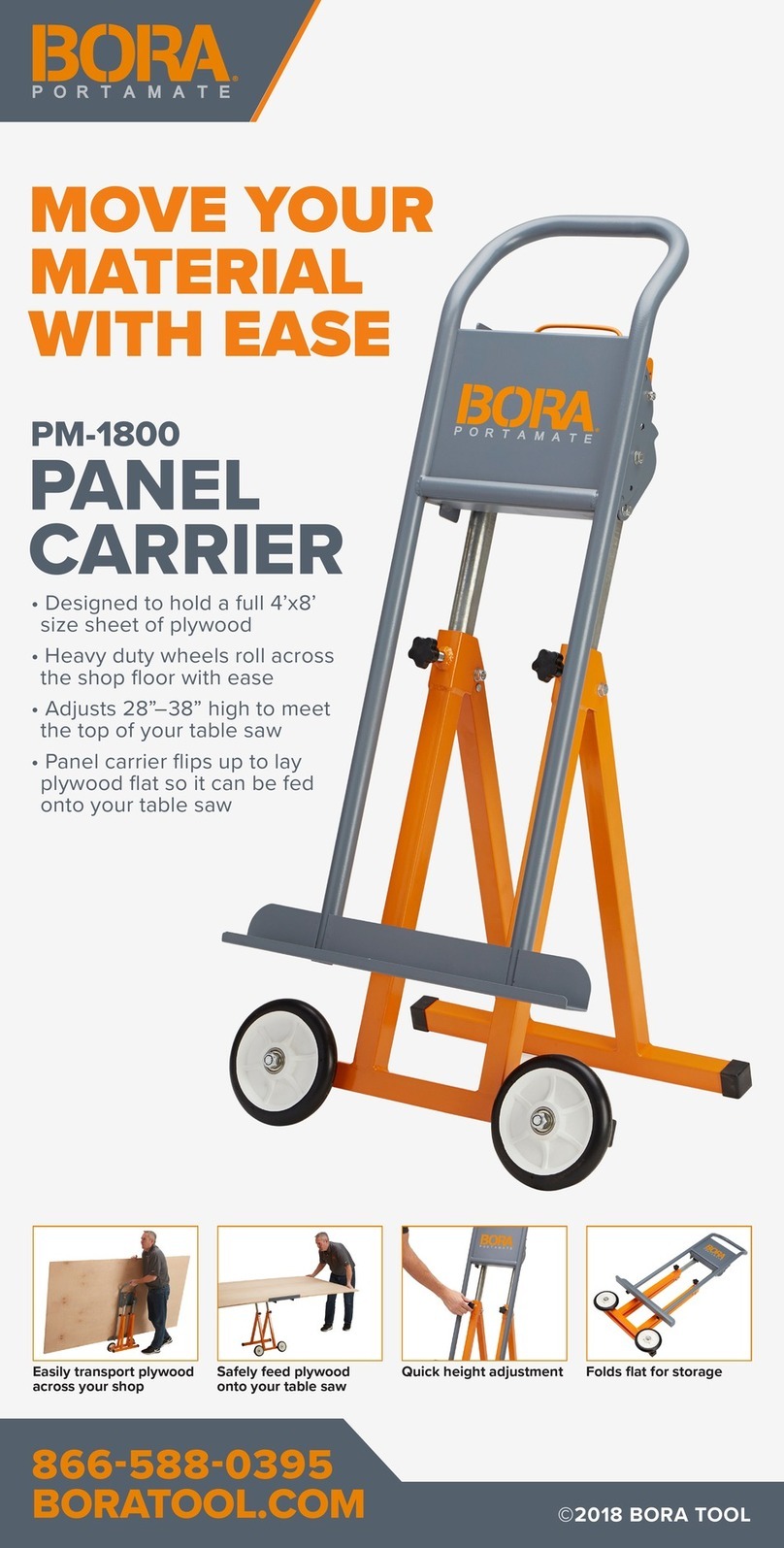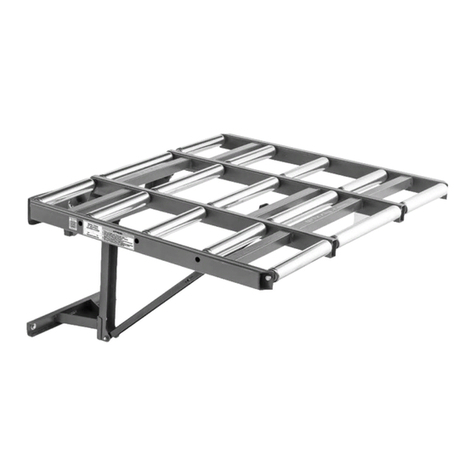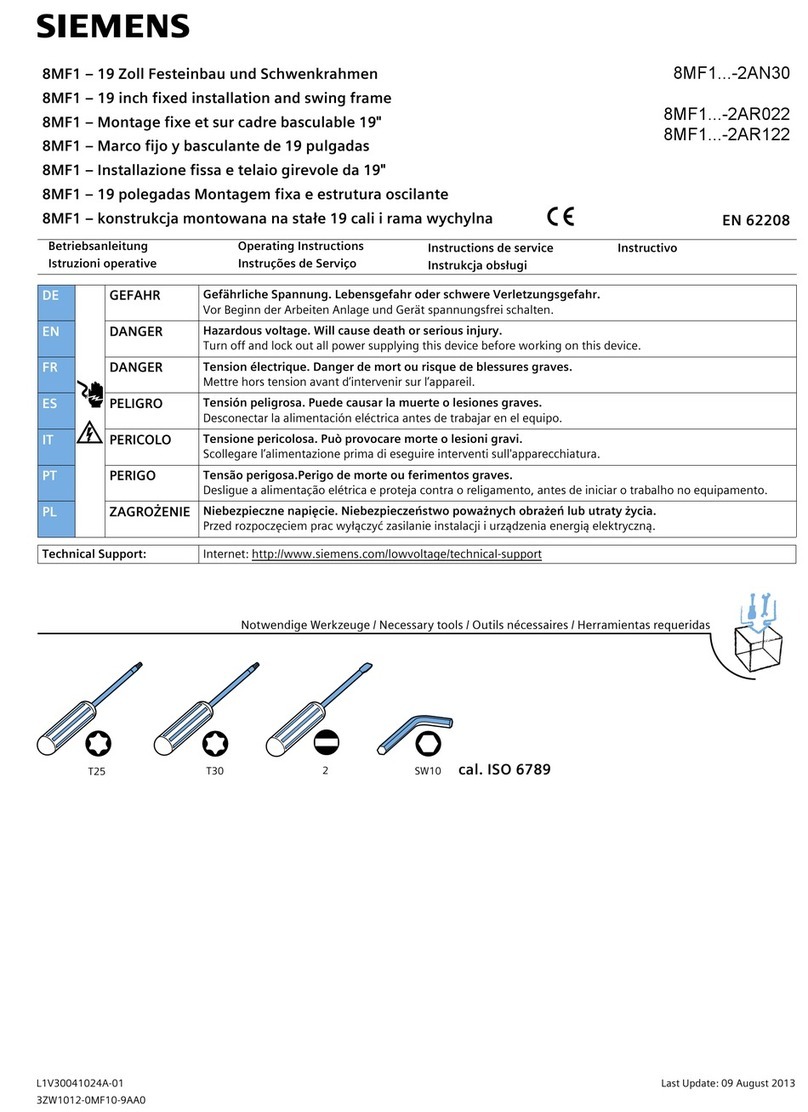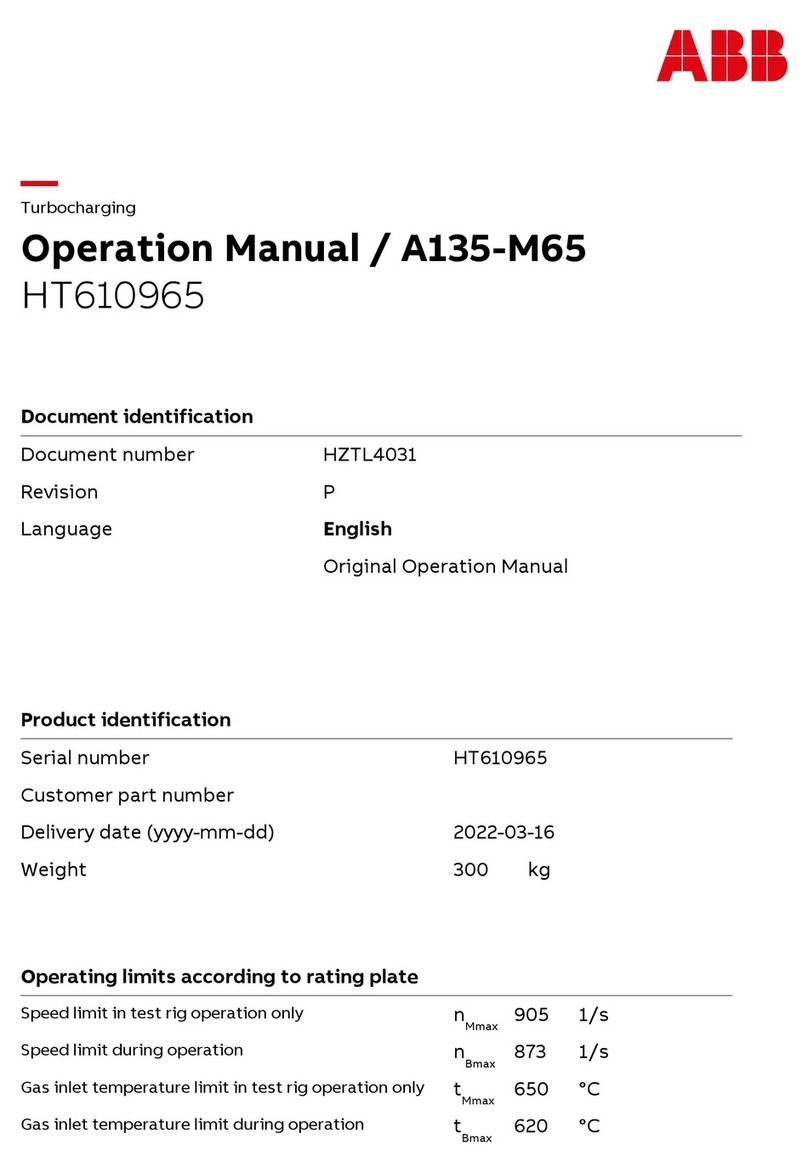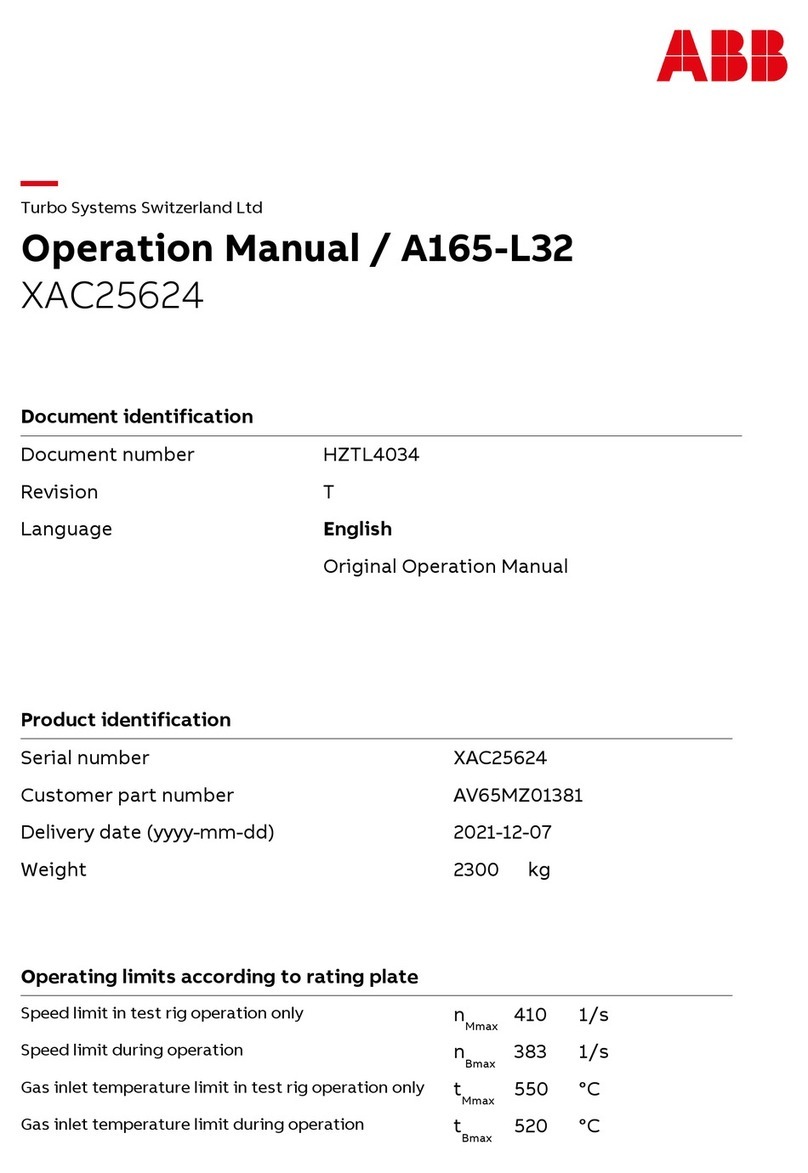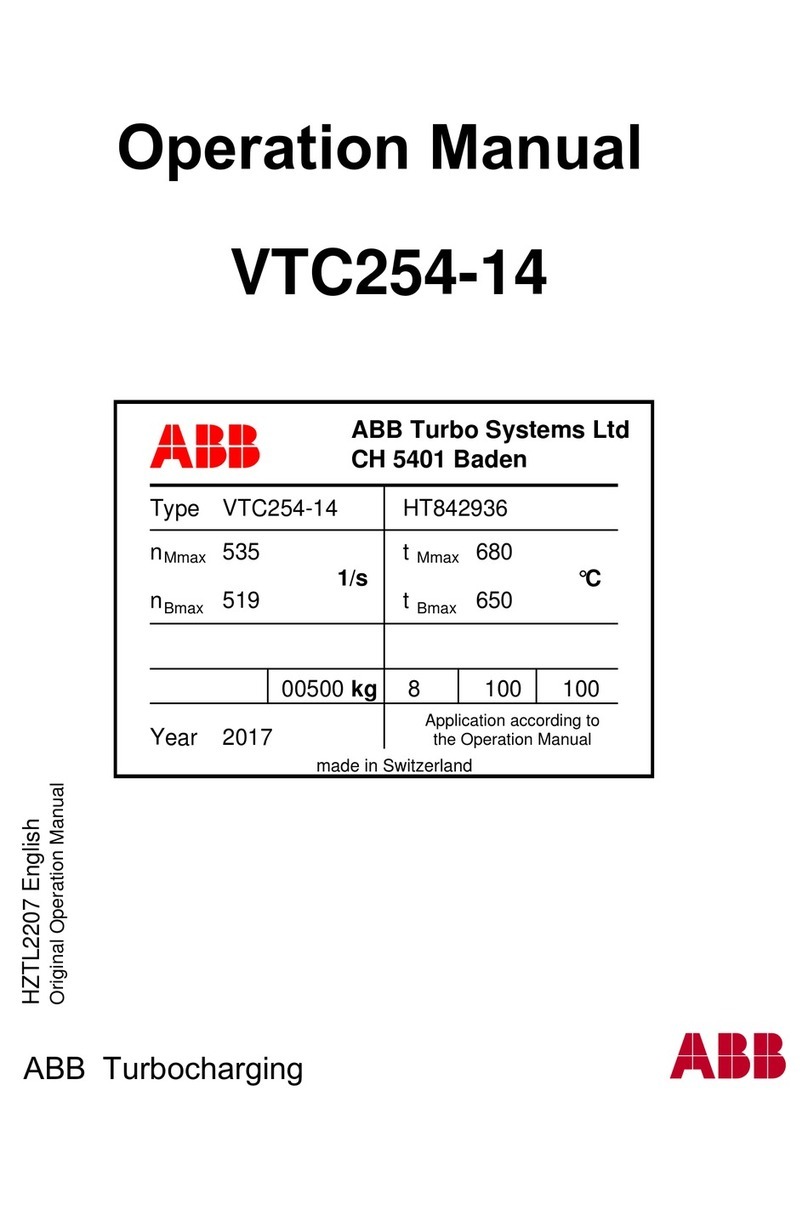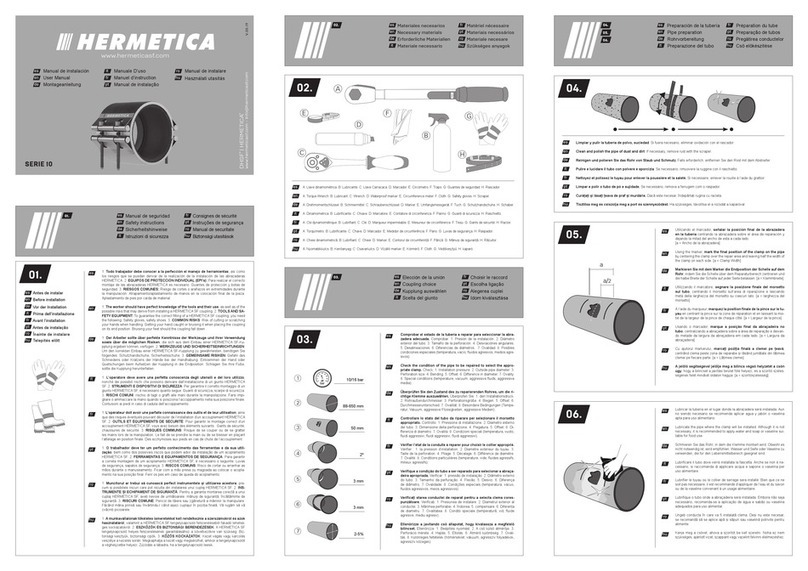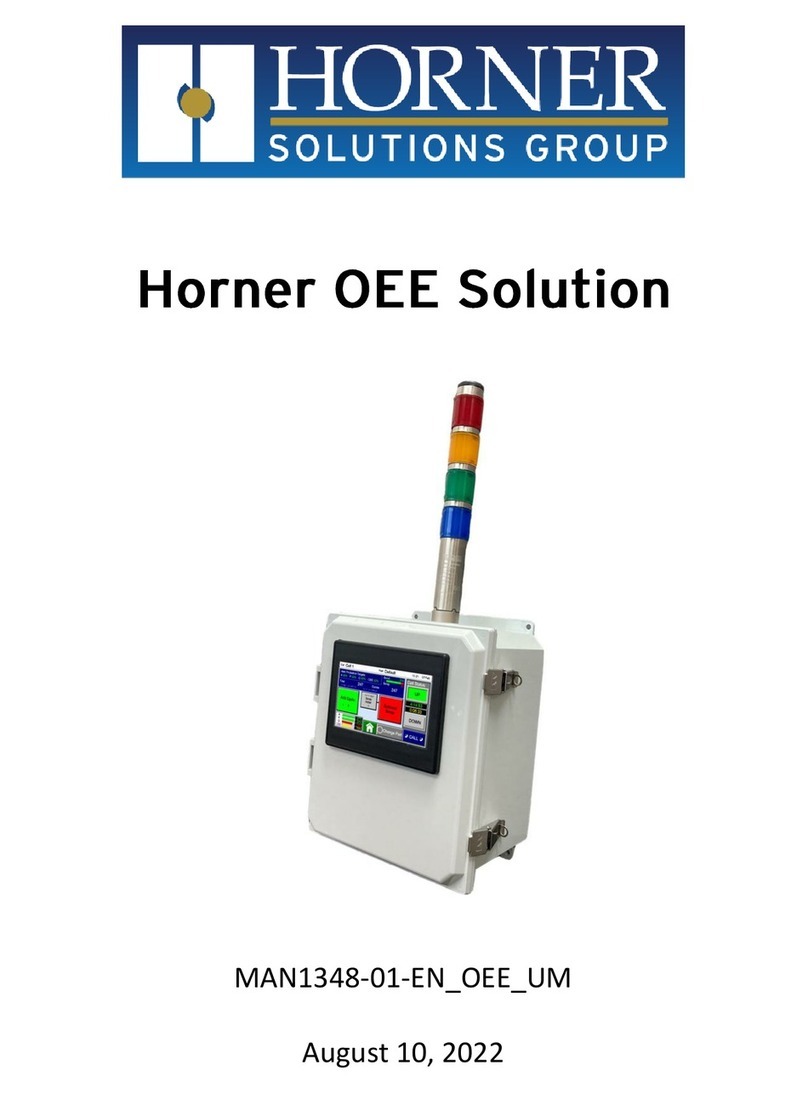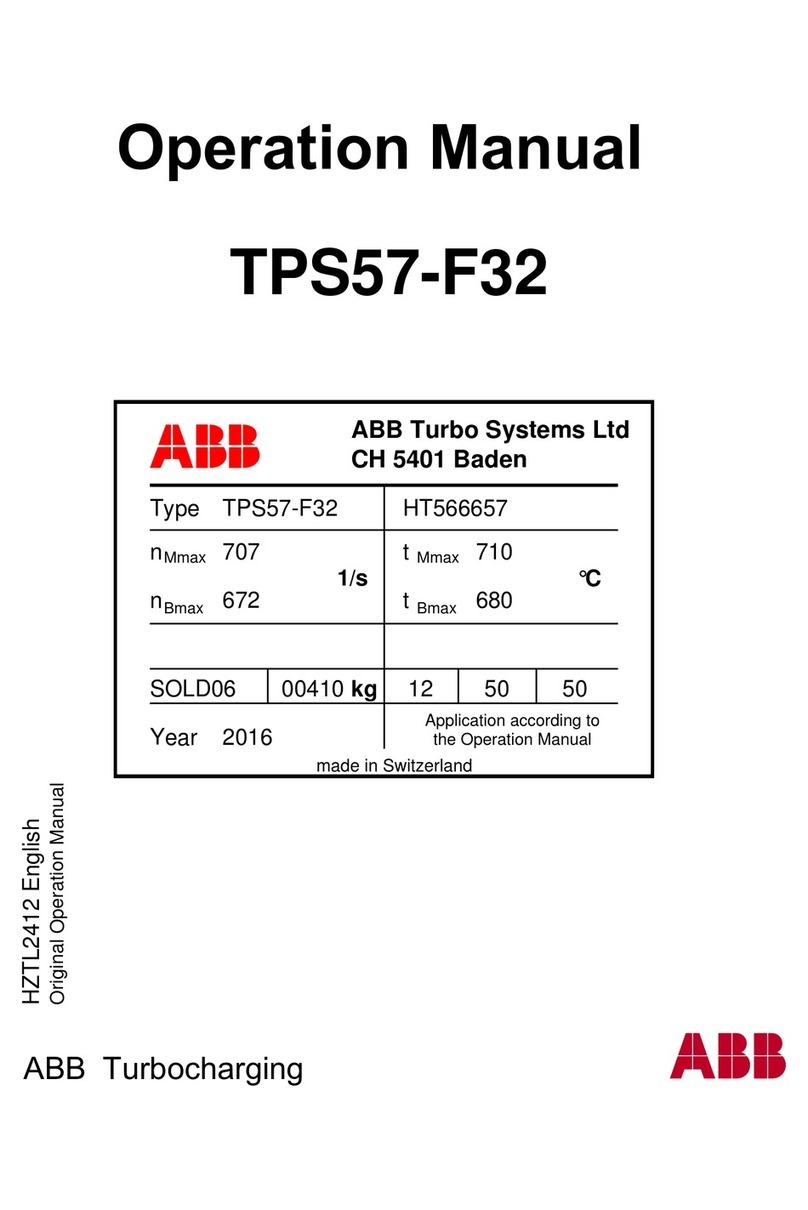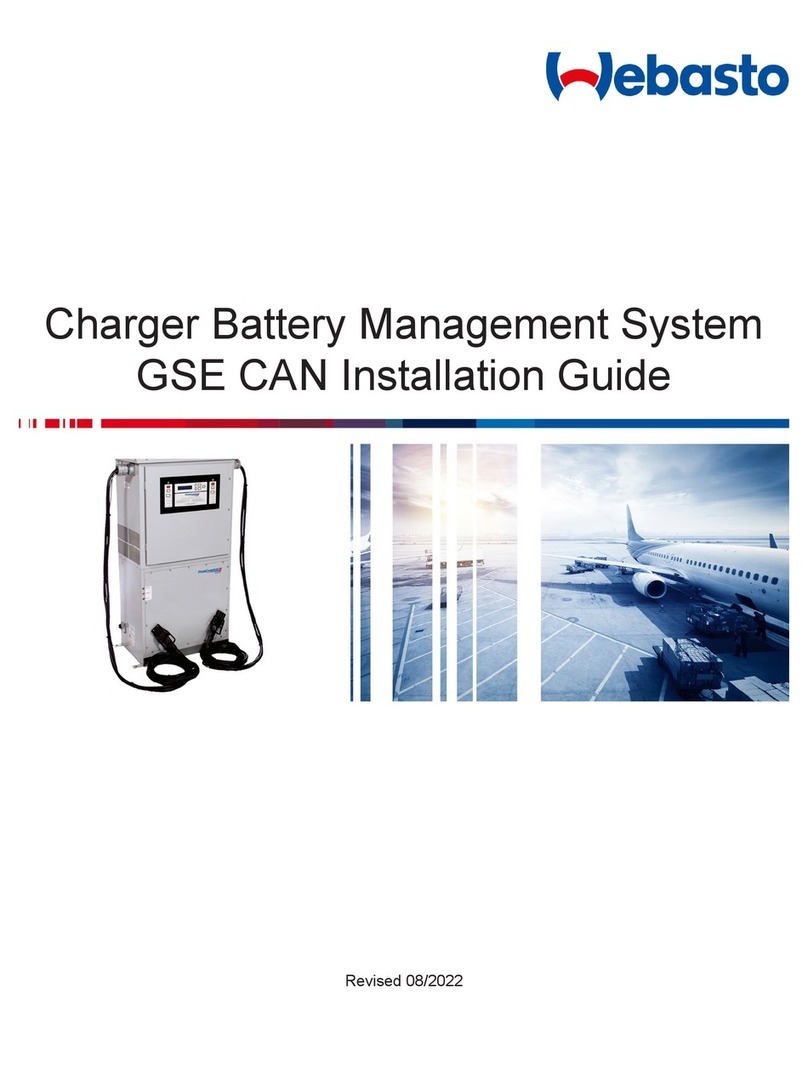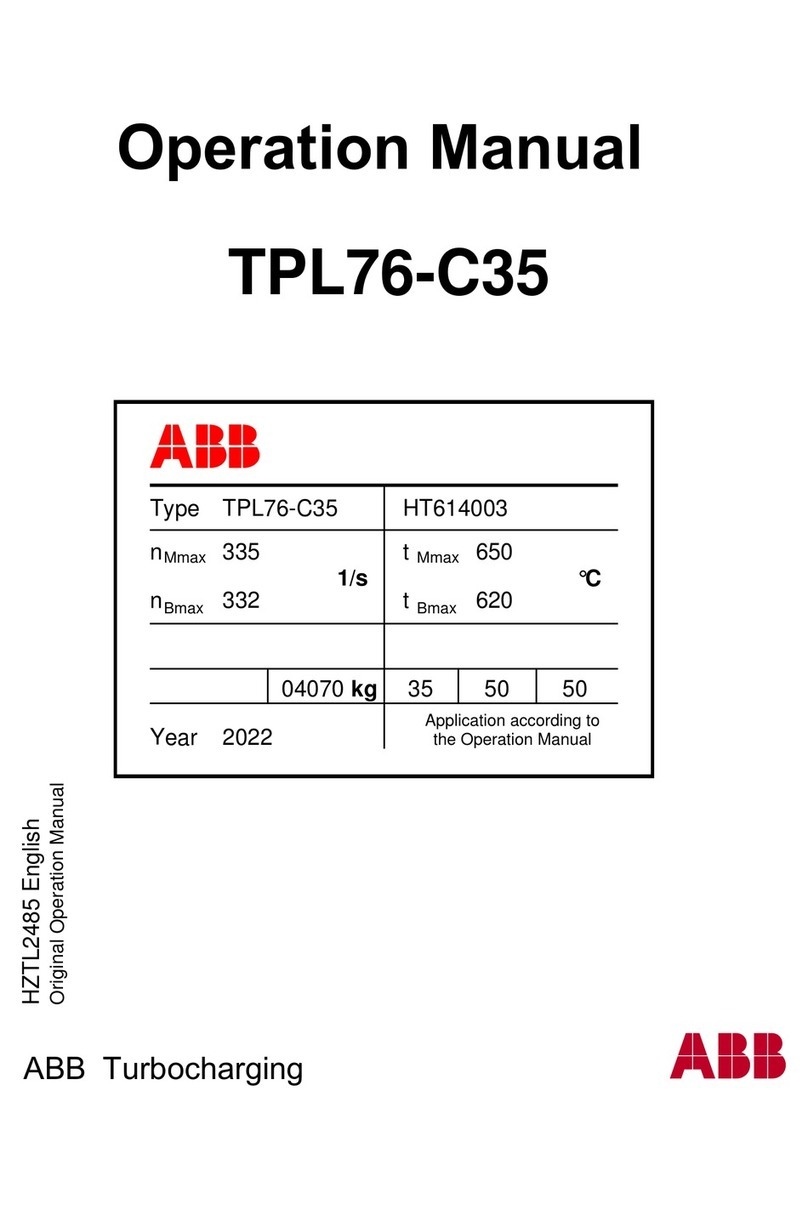
Contents
3 of 28
4EYS / 4EYT
Contents
1 General.................................................................................................................................................... 4
1.1 Principles ...........................................................................................................................................................4
1.2 Target group.....................................................................................................................................................4
1.3 Other applicable documents............................................................................................................................4
1.4 Symbols .............................................................................................................................................................4
2 Safety...................................................................................................................................................... 5
2.1 Key to safety symbols/markings.......................................................................................................................5
2.2 General..............................................................................................................................................................5
2.3 Intended use .....................................................................................................................................................6
2.4 Personnel qualification and training...............................................................................................................6
2.5 Consequences and risks caused by non-compliance with this manual .........................................................6
2.6 Safety awareness ..............................................................................................................................................6
2.7 Safety information for the user/operator.......................................................................................................6
2.8 Safety information for maintenance, inspection and installation ................................................................7
2.9 Unauthorised modes of operation..................................................................................................................7
3 Transport/Storage/Disposal .................................................................................................................. 8
3.1 Checking the condition upon delivery............................................................................................................8
3.2 Transport...........................................................................................................................................................8
3.3 Storage/preservation........................................................................................................................................8
3.4 Return to supplier.............................................................................................................................................9
3.5 Disposal ...........................................................................................................................................................10
4 Description............................................................................................................................................ 11
4.1 General description ........................................................................................................................................11
4.2 Designation.....................................................................................................................................................11
4.3 Materials .........................................................................................................................................................11
4.4 Design details..................................................................................................................................................11
4.5 Configuration and function...........................................................................................................................12
5 Installation/Dismantling...................................................................................................................... 13
5.1 Permissible aids...............................................................................................................................................13
5.2 Prerequisites....................................................................................................................................................13
5.3 Installing the mechanical seal........................................................................................................................14
5.4 Removing the mechanical seal ......................................................................................................................15
5.5 Tightening torques.........................................................................................................................................15
6 Operation.............................................................................................................................................. 16
6.1 Safety instructions for operation...................................................................................................................16
6.2 Emissions .........................................................................................................................................................16
6.3 Operating limits..............................................................................................................................................17
7 Maintenance......................................................................................................................................... 18
7.1 Maintenance/inspection.................................................................................................................................18
8 Trouble-shooting.................................................................................................................................. 19
9 Related Documents.............................................................................................................................. 20
9.1 General assembly drawings with list of components...................................................................................20
9.1.1 Mechanical seal 4EYS.........................................................................................................................20
9.1.2 Mechanical seal 4EYT.........................................................................................................................21
9.2 Dimensions......................................................................................................................................................22
9.2.1 4EYS ....................................................................................................................................................22
9.2.2 4EYT ....................................................................................................................................................23
10 Certificate of Decontamination........................................................................................................... 24
Index ..................................................................................................................................................... 25
